2013-12-19 Linode offers a great service with 1GB RAM VPS for $20/month
 slicehost - Built for Developers
slicehost - Built for Developers
When Rackspace bought Slicehost in 2008 I suspected it would only be a matter of time before they ruined it. In May 2011 Rackspace announced that they will be shutting down Slicehost. It's sad news for a lot of people who have been a part of the "slicehost community" for this was a company that customers felt a part of. Co-founder Matt Tanase says in this video interview the news "tears him up inside".
When I first signed up for a slicehost VPS in 2006 I was dubious about how $20/month could buy me a server with 256MB memory and 100GB of traffic throughput. There was no signup fee, no minimum contract period and the management software was so simple and clear. My concerns that it would be oversubscribed and poorly supported were proved wrong. I was soon won over!
The guys who ran the company, Matt and Jason, also ran the servers. They chatted with customers on IRC and answered emails. Somehow they even found time to produce a podcast where they spoke candidly about their experiences and plans. Through the podcast the guys really made us feel like we were there with them.
One of the hot topics in the early days was the waitlist. Slicehost was an overnight success and the guys had to deal with its popularity. The waiting list for new VPS's was stretching out to weeks when they came up with a novel solution. If you were willing to prepay for future months service you could move further up the queue. I can recall when paying for 6 months in advance would give you a server same day. It solved their cash flow problem and allowed them to buy more hardware.
The following year they explained the downside to this approach. The tax office saw all the prepayments as income and wanted them to pay tax on them but saw their expenditure on servers as capital expenses which could only be depreciated over several years. They were faced with a big tax bill.
I'm sad to see slicehost being dismantled. This comes on the tail of Cisco announcing their plans to kill the Flip. What is it with companies buying great products and killing them?
I'll leave you with episode 4 of the slicehost podcast. I don't think you're ever going to get something this raw from Rackspace.
3 Way Handshake - Episode 4
 Cisco bought Flip camcorder for $580 million and is closing it down
Cisco bought Flip camcorder for $580 million and is closing it down
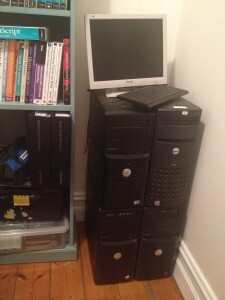 Expensive Paperweights
Expensive Paperweights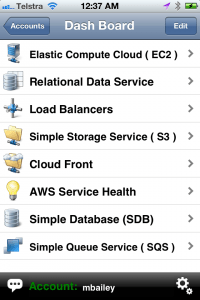 Cloud Services Manager for iPhone
Cloud Services Manager for iPhone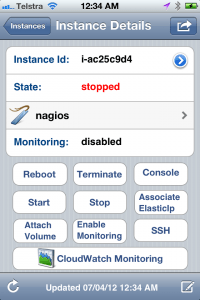 Create, start, stop EC2 instances
Create, start, stop EC2 instances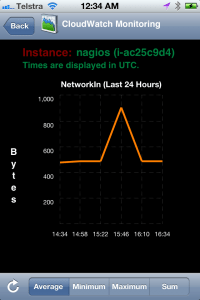 Cloudwatch Stats
Cloudwatch Stats Prompt SSH client for iOS
Prompt SSH client for iOS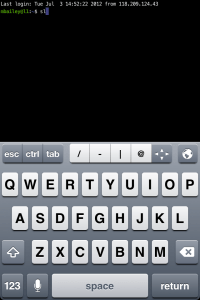 Prompt is remarkably usable
Prompt is remarkably usable ASCII steam locomotive (sl)
ASCII steam locomotive (sl)


 My Billion 7300 modem/router does a simple task well
My Billion 7300 modem/router does a simple task well ADSL router updates dynamic dns entry when IP changes
ADSL router updates dynamic dns entry when IP changes You can't go there. Sorry, it's the rules.
You can't go there. Sorry, it's the rules.